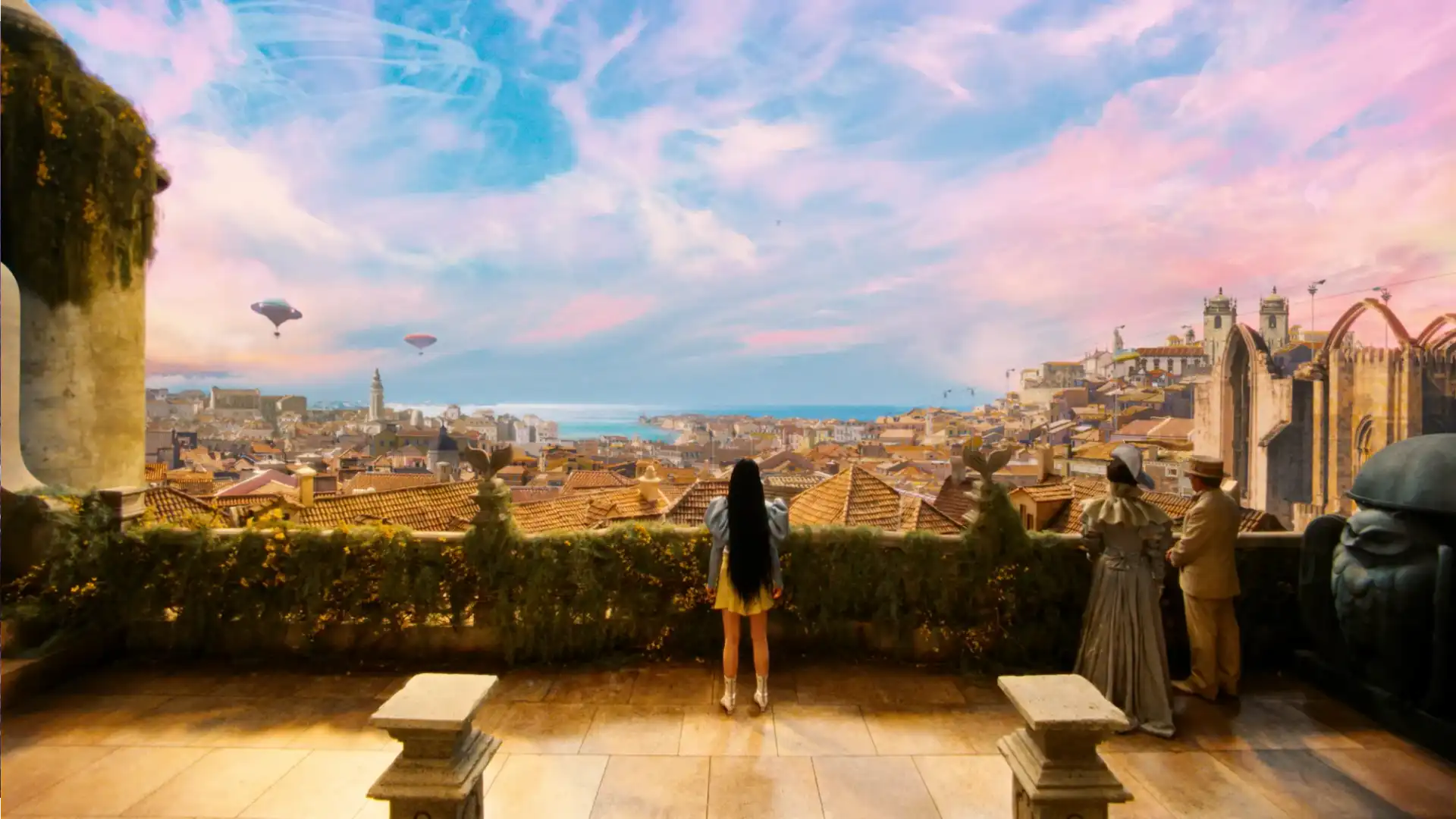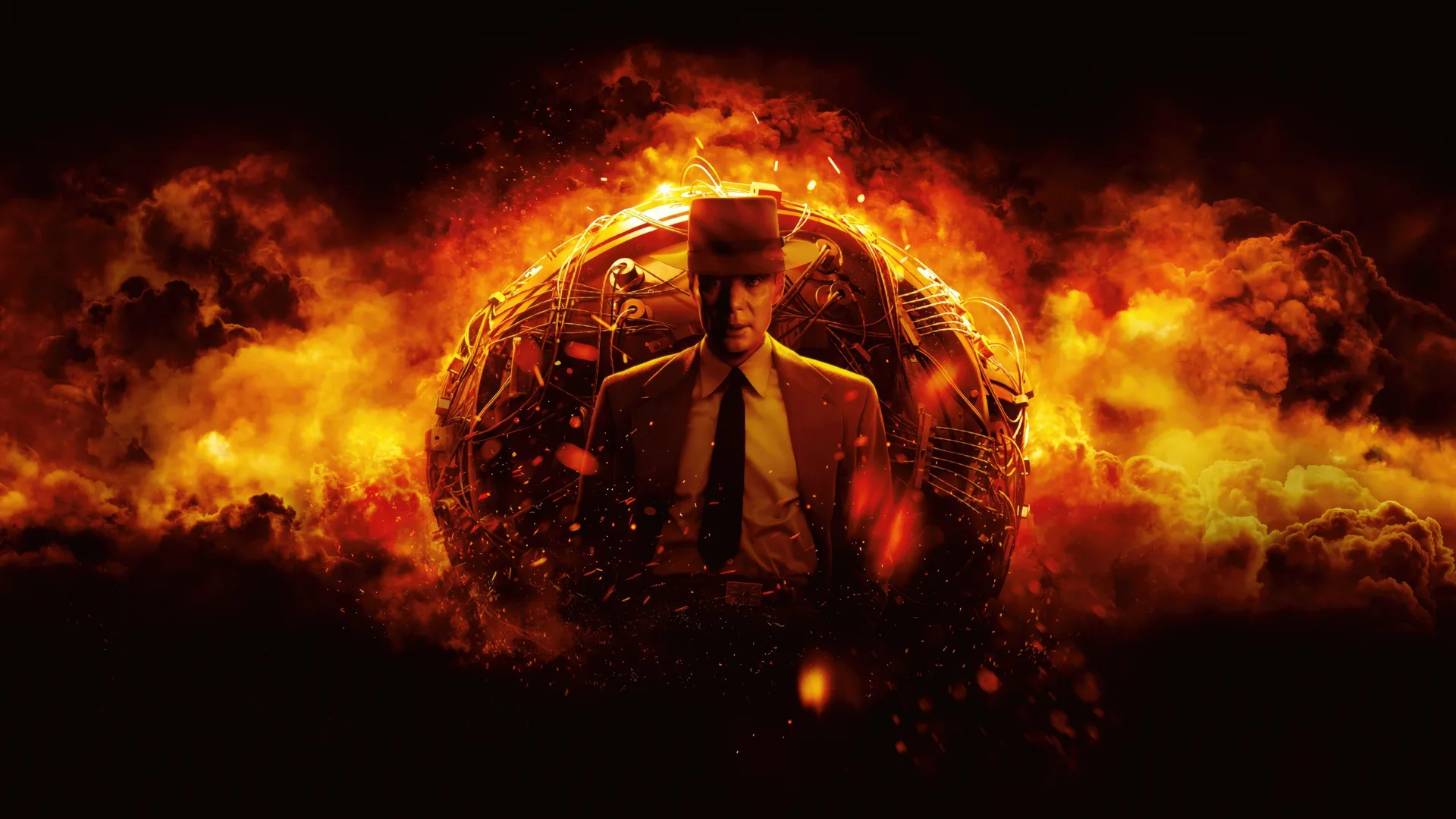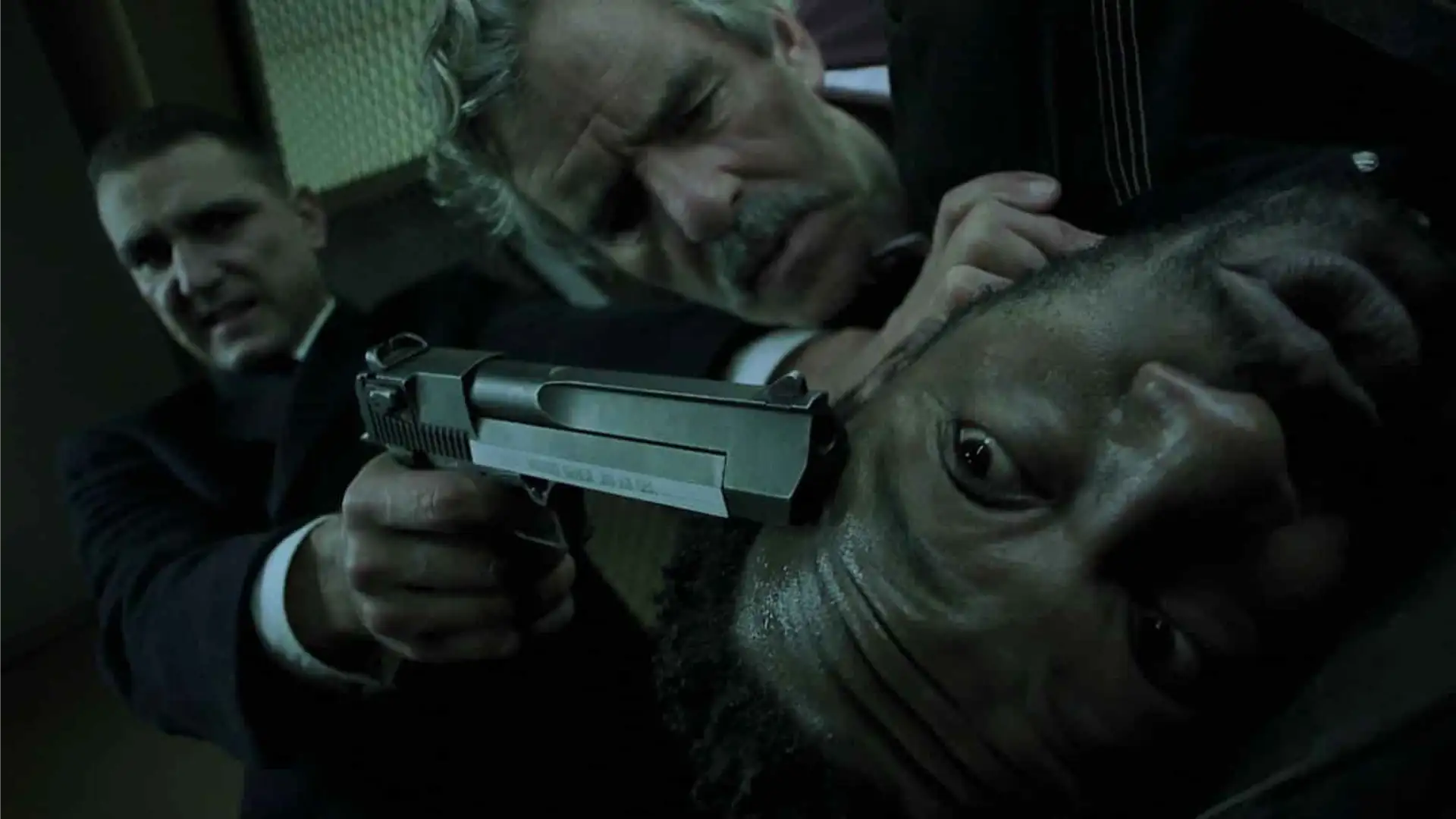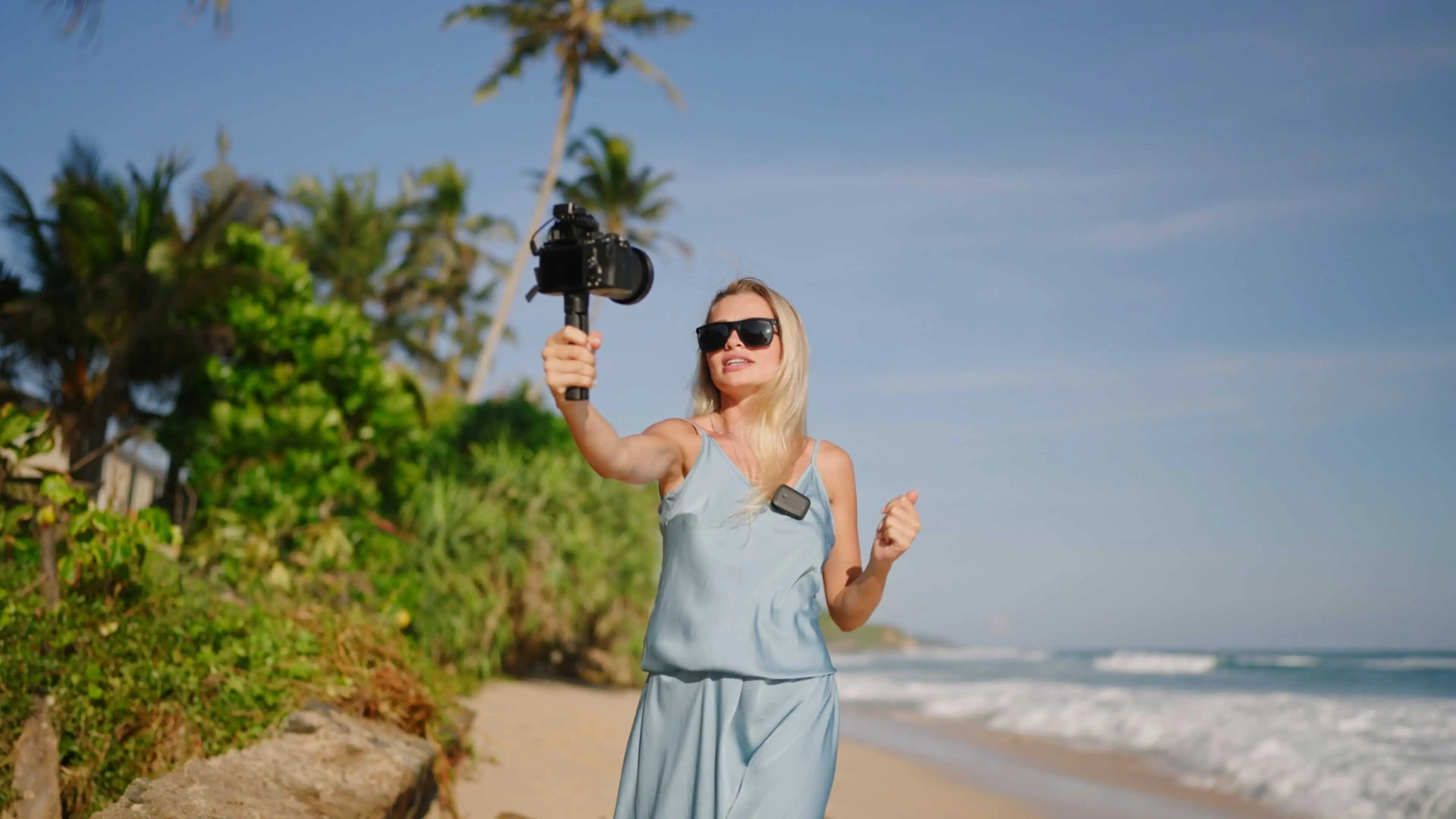Motion capture can find its roots all the way back to the 1910s when an animator named Max Fleischer came up with a technic called Rotoscoping. He used rotoscoping in his animated series called “Out of the Inkwell” and the way it worked was Max’s brother, David, would dress up as a clown for the role of “Koko the Clown” and then act normally for the role in front of the camera. Later on, Max would use the footage as a reference to draw over frame by frame to create the animation by tracking the human movements and translating it to the animated character.
Motion Capture in Films
The use of motion capture in films is ever-growing especially in VFX heavy movies from the “Planet of the Apes” and the “Lord of The Rings” to Marvel Universe and Star Wars films. The most common use of motion capture in films is to animate fantastical characters. Examples of using motion capture for character creation are rampant and the biggest name in this are is Andy Serkis. He is one of the legends when it comes to motion capture. He has a long list of characters that he has brought to life like “Caesar” from the “Planet of the Apes” series, “Gollum” from the “Lord of The Rings”, “Supreme Leader Snoke” from the recent “Star Wars” series, “Captain Haddock” from the “The Adventures of Tintin”, he even played two roles in the 2005 Peter Jackson’s adaptation of “King Kong”, one as the Kong himself in a motion capture style, and one as “Lumpy the Cook” in a normal acting style. In all of these roles you can see that by using the special suits and cameras specifically made for motion capture, every movement of the actor is translated to the body movement of the CG character.
The other way of using motion capture in the film is specifically designed for capturing the facial expressions which is called “Performance Capture”. In performance capture the actors face is covered with trackers and then a camera is mounted on their head, facing their face. This way every movement of facial muscles is tracked and recorded. One of the most notable performances for this method of motion capture is done by Benedict Cumberbatch for the role of “Smaug” in the “Hobbit” series. This example shows that motion capture has come to the level that movements and expressions can be translated not only to human-like figures but onto anything, even a dragon!
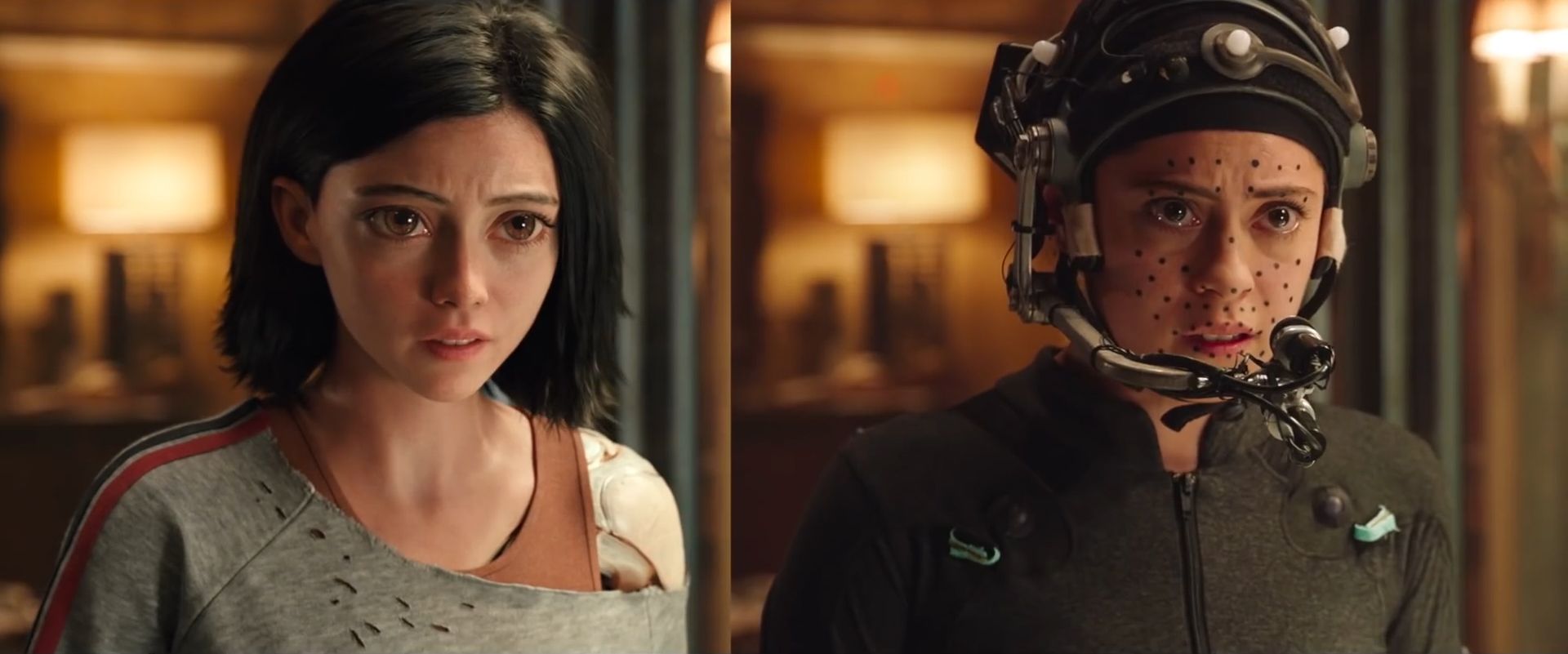
Digital Humans
Another use case of motion capture and performance capture that has become more abundant in the past decade is the process of designing and creating digital humans. Star Wars franchise is one of the pioneers of using this technology in their films. In “Rogue One: A Star Wars Story” the vfx team, Industrial Light & Magic, used their award-winning technology to recreated “Grand Moff Tarkin”, which was played by the late Peter Cushing in 1977. For recreating Grand Moff Tarkin, another actor, Guy Henry, was tasked to play in place of Peter Cushing. The technology requires different scans that need to be done before even the actor sets foot on the filming stage. First, there would be a light scan of the face which would capture extremely high detailed scans of the face of the actor, capturing every light reaction in different facial expressions. Then there will be another scan done in a Medusa Rig owned by Disney Research. After all is done, then the performance capture part begins where the actor, in this case Guy Henry, will mount the rig on his head and start performing his parts. Then all this data combined with the scans and digital recreations of Peter Cushing’s face, the Grand Moff Tarkin of the film Rogue One: A Star Wars Story was created. Of course, the process was a bit more detailed and more complicated. For a more in-depth explanation of this process, you can check out the great video done by Wired that talks about the history and complete process of creating digital humans.
